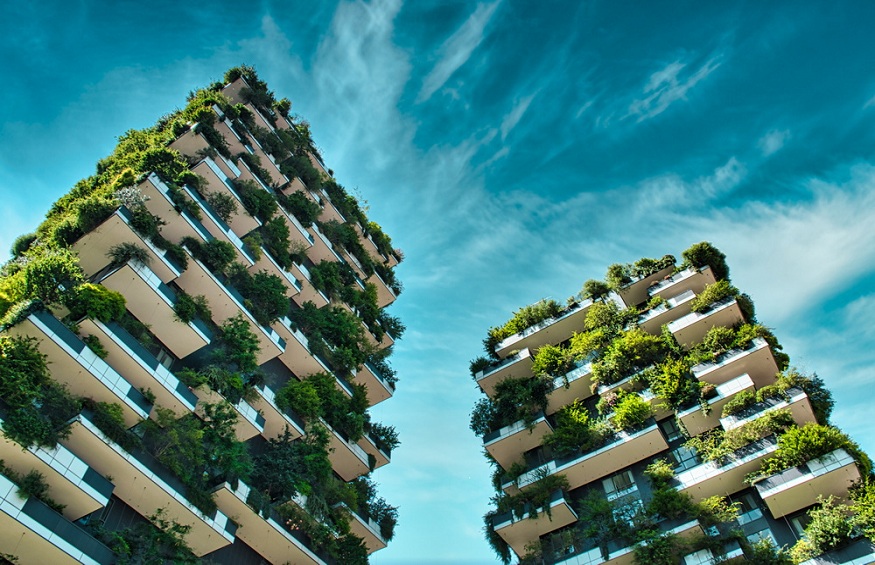Sustainability is one of the hottest buzzwords in modern culture. Everyone seems to want to do business with companies that practice sustainability. Likewise, every company wants to be able to make sustainability claims. But what does it all mean? More specifically, what does sustainability mean in the architectural realm?
Sparano + Mooney is a Utah architectural firm based in Park City. Among their many disciplines is sustainable architectural design. In order to honestly claim sustainable practices, the firm strictly adheres to established standards. But not all architectural firms do. Not all builders do, either.
It is easy to throw around the ‘sustainable’ moniker and not really adhere to any specific standards. That leaves consumers in a bad position. They are forced to believe claims of sustainability unless they are willing to dig around and prove such claims for themselves. That brings us back to the question of what sustainability actually is.
What It Is Not
The best way to fully understand sustainability is to start by discussing what it is not. Although the following principles apply across the board, we will limit them to architecture so as to not confuse the issue. In short, sustainable architecture is not a design style.
Sparano + Mooney can design three homes in the Mountain Modern, Contemporary, and Northwest Modern styles and have them all be based on sustainable principles. Sustainability itself has nothing to do with shapes, lines, color choices, etc.
Sustainable architecture is also not merely energy-efficient architecture. It is not merely architecture that chooses certain materials over others. Like all things sustainable, sustainable architecture is a way of thinking. It is a way of designing structures in such a way as to minimize the negative impacts of those structures.
UN Standards of Sustainability
The UN has established standards to define sustainable architecture. Those standards are based on the following five principles:
Healthy Environment – Sustainable architecture strives to maintain a healthy environment in all interior spaces. This includes building materials that do not emit toxic chemicals, along with proper revitalization and cycling of indoor air.
Resource Conservation – In terms of minimizing the use of resources, sustainable architecture seeks to conserve energy and water. Everything from solar energy systems to water reclamation are on the table.
Responsible Material Sourcing – UN standards call for sourcing building materials in such a way as to minimize the destruction of the environment. In addition, the requirements to replace resources are to be considered during sourcing.
Site Adaptation – Sustainable architecture calls for adapting structures to the sites on which they sit. The goal is to preserve the natural environment as much as possible and, where applicable, make it easier to heal the site from any damage that occurs during construction.
Good Design – This final principle is difficult to articulate. It stipulates that architects design buildings that combine a harmonious and long-lasting relationship between form, use of space, technology, and mechanical systems in relation to more ethereal principles of spirituality and beauty.
To be fair, other entities have developed separate standards for sustainability. The UN standards do not necessarily have to be followed in order to be considered a sustainable architect or builder. Still, there are standards involved. An architect or builder claiming to practice sustainable architecture while not following any particular standards is putting on a ruse at best.
Anyone can say that they practice sustainability. Yet the proof is in the pudding. A truly sustainable project is one based on principles designed to minimize the negative impacts of design and construction. Sustainability should be easily demonstrated by the project itself.

